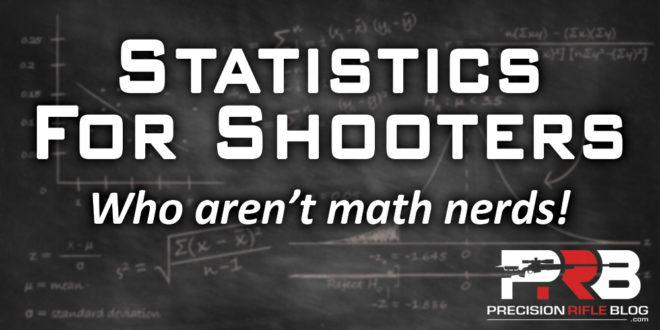I don't know if there has ever been much of a wide survey done on the folks who take the podiums of F-Class with respect to their load development methods. Although much of the rest of the PRS details do get covered well by a web blogger named Precision Rifle Blog, aka: Cal Zant.
What doesn't really come across is in load development discussions is the context and terminology with respect to the number of small sample shots for screening purposes, versus the ones used for reliability.
So, not to argue but it isn't really accurate to say they only shoot a few shots in load testing. The folks I know personally shoot a ton of shots to have the confidence it will perform in a match setting or travel setting.
We may say folks don't shoot many for "screening tests", but if their rifle patterns and recipe patterns have been locked for barrel after barrel, doesn't the round count really rest upon a mountain of data? In a way, if they only shoot a few for verification, that isn't really load development is it? That sounds more like making sure the current barrel or components are the same as the last ones, not really load development.
In a professional setting, these guys do shoot 20 - 30 or more at a time to make sure they have things truly working, and also that many to make sure that their no-wind zero is solid. They don't trail blaze when it matters as a general rule. They also don't fool around with small batches that force more verification testing.
I know that isn't what casual folks want to hear, but the guys who can shoot the most are usually the ones with the better percentages. When there is a walk-on prodigy that wins, they have usually been given their pattern and recipe by the senior shooters, so their round count really includes everything their mentors handed them.
Their context isn't the same as a carry weight hunting rifle, but if there was a takeaway for the rookies, it would be to stick to the paved paths and use the best stuff you can find. Experimenting with uncommon barrels, chamberings, components, etc., and you can expect to need a lot more shooting for reliability in performance.
I'll splice in a link if it helps.
https://precisionrifleblog.com/2023/11/10/a-2-time-prs-champ-reloading-setup-process-austin-orgain/
No real dog in the fight here, but I think there are way too many context, terminology, and definition shifts on gun forums when it comes to load development questions. The web is now getting full of videos where some channel host tests volunteer shooters for the precision and accuracy claims/skills. The results look pretty bad on average, with only an occasional good performance. YMMV

